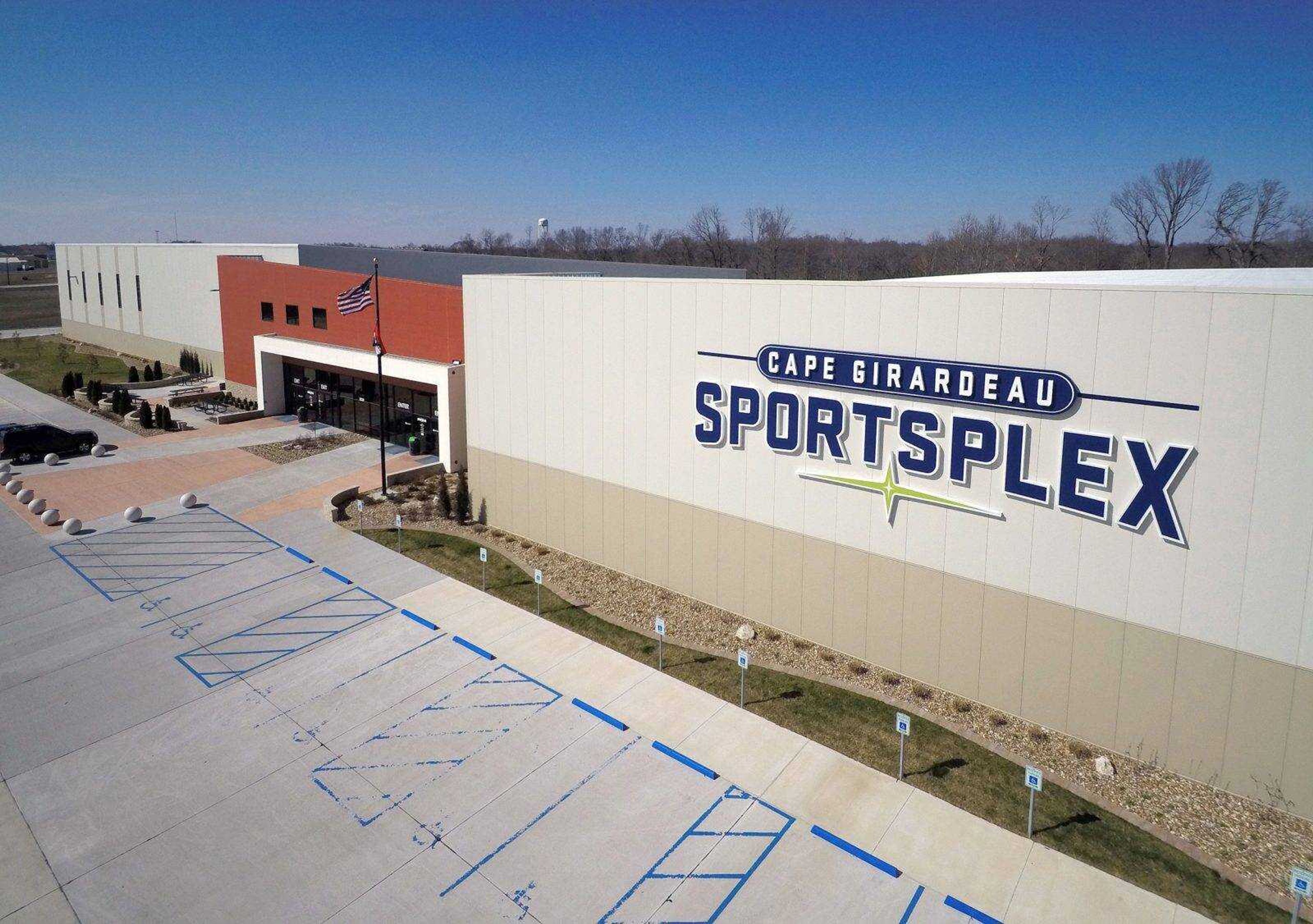Early morning earthquake hits East Prairie; Cape residents feel shaking
An earthquake that measured 4.0 occurred at 3:58 a.m. five miles northwest of East Prairie on Tuesday. According to the U.S. Geological Survey, National Earthquake Information Center, the depth of the quake was three miles. Several Cape Girardeau residents on Facebook reported feeling the quake early Tuesday morning...
EAST PRAIRIE, Mo. -- A 4.0 earthquake with an epicenter in Mississippi County early Tuesday morning prompted reports of shaking in 16 states but caused little damage.
According to the U.S. Geological Survey, National Earthquake Information Center, the earthquake occurred at 3:58 a.m. five miles northwest of East Prairie and had a depth of three miles.
A magnitude 2.4 earthquake followed up the first, hitting at 11:05 a.m. eight miles north of East Prairie.
The Mississippi County Sheriff's Department reported several residents called in shortly after the first earthquake and said furniture moved in their houses and pictures fell from walls. The East Prairie Police Department also received no reports of significant damage. No injuries were reported.
East Prairie City Administrator Lonnie Thurmond said the quake lasted perhaps seven seconds.
"It seemed like everybody I've talked to, it woke 'em up," Thurmond said.
Several Cape Girardeau residents reported feeling the first quake early Tuesday morning, and by 4 p.m. Tuesday, the event response section of the U.S. Geological Survey's website had reports from people in 16 states that said they felt the earthquake. Reports came from as far as Minnesota, Wisconsin, New York and Pennsylvania.
The quakes came two weeks following the 200th anniversary of the last earthquake in the 1811-1812 New Madrid Earthquake Sequence, which were among the strongest ever in the U.S. Their magnitudes are estimated to have ranged from 7.7 to 8.1. Shockwaves spread as far as New York and the force of the temblors reportedly rang church bells in Boston. The Mississippi River reversed flow for a time.
Dr. Chuck Langston, director of the Center for Earthquake Research and Information at the University of Memphis, said the first earthquake felt Tuesday morning was on the larger side of around 200 small earthquakes that occur in the New Madrid Seismic Zone annually, and that it can be considered an aftershock of the 1811-1812 sequence. Tuesday's quakes occurred in the zone, a 150-mile stretch between Memphis and St. Louis that crosses parts of Arkansas, Illinois, Indiana, Kentucky, Missouri and Tennessee.
It is not likely, Langston said, that the first earthquake was a foreshock of a larger earthquake in the immediate future, or that the earthquake could mean a very large earthquake won't happen.
"These small earthquakes are not large enough to release all the stresses that are in the earth," he said. "This is more like typical earthquake weather, you could say."
Langston said he did not believe the earthquake was felt near Memphis, but some people could have felt a bump.
Bob Herrmann, a Saint Louis University geophysicist, said while most of the earthquakes that frequently hit the zone are so small that virtually no one feels them, even a magnitude 4.0 quake is rare, and occurs in the New Madrid zone on average about once a year.
"It's been a while since we had a good shaker in the New Madrid region," Herrmann said. "It is a reminder that earthquakes occur and we cannot ignore them."
Expert opinion varies on the likelihood of another big Midwestern quake along the New Madrid fault, though many communities in the region have taken precautions by retrofitting bridges and other structures.
Earthquake drills are also becoming more common. On Feb. 7, nearly 150,000 Missourians and hundreds of schools in the state participated in a drill known as the "Great Central U.S. ShakeOut."
Experts suggest that the likelihood of a magnitude 6 or greater quake occurring along the New Madrid fault within a half century is somewhere between 28 percent and 46 percent.
"Unfortunately, we cannot predict earthquakes," Herrmann said. "We can look at historical trends and say one should exercise some caution and prudence."
The Associated Press contributed to this report.
Staff writer Erin Ragan contributed to this report.
Connect with the Southeast Missourian Newsroom:
For corrections to this story or other insights for the editor, click here. To submit a letter to the editor, click here. To learn about the Southeast Missourian’s AI Policy, click here.








